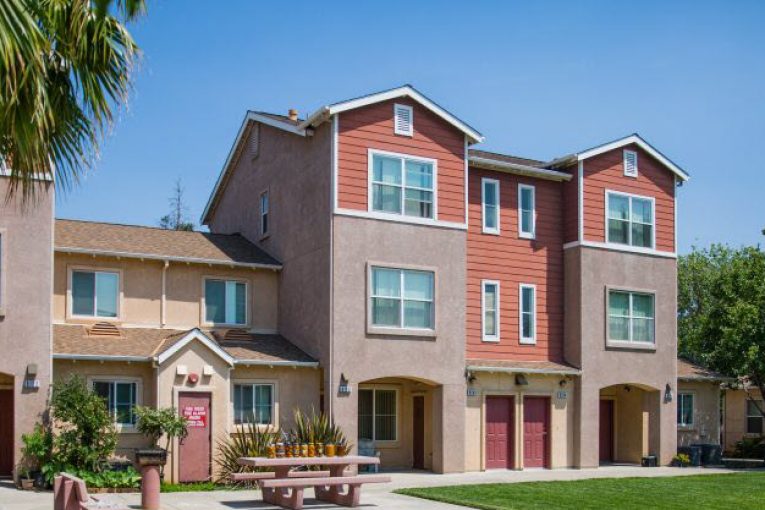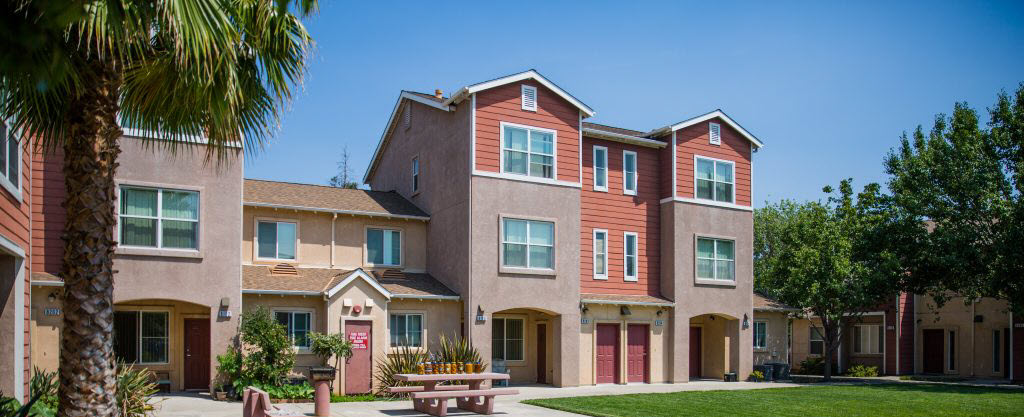

By David M. Greenwald
Executive Editor
Davis, CA – Can the city meet its RHNA requirements for low and very low income housing in the 2021 to 2029 RHNA cycle? As previously noted, the City Manager has expressed optimism about being able to meet those numbers this time, but worries about the ability to meet them in the next cycle without going peripheral.
I am skeptical that the city can even meet those numbers this time.
The city is required to build 580 very low and 350 low income units for a total of 930 low income units. In the pipeline, the city lists 284 very low and 37 low income units. They are also planning on 83 additional units at vacant or underutilized sites and 54 ADUs to create a total capacity of 458 or 472 short of the requirement.
As noted in the housing element, “the City of Davis has a shortfall of 472 units to accommodate its lower- income RHNA (930 units). Per State law, the City must rezone land within three years of the Housing Element adoption deadline that allows at least 30 units per acre with a minimum density of 20 units per acre.”
But perhaps we should be skeptical of even that 472 shortfall number. Of the 83 units at vacant and undertilized sites, the city is relying on downtown redevelopment for all of them. 53 of those low income units are in a redevelopment of the E St Plaza, 17 would be along 2nd and G, and 13 along Fourth St – all of those are redevelopment sites.
There are several problems for relying on the downtown redevelopment for affordable housing. First, it requires that redevelopment actually occur in the downtown – and relatively soon. Given a host of factors, it is probably optimistic that the city get even a single redevelopment project to go forward by 2029.
For example, in 2018, BAE ran a proforma that should caution us against expectations that housing in the downtown is going to be feasible.
BAE concludes: “These results indicate that under current conditions, it will be very difficult for developers to undertake projects similar to the prototype projects, with a few exceptions. As mentioned previously, it appears that a medium-sized mixed-use project incorporating high density for-sale residential units could be feasible.”
They add, that “development feasibility in Downtown Davis is challenging under current conditions.”
If anything, those current conditions are worse now than in 2018.
But even if one does go forward, the question as to whether vertical mixed use can produce affordable housing is in question.
The originally analysis from 2015 did not paint an optimistic picture.
The analysis found that imposing a $75,000 affordable housing fee “has the effect of reducing the estimated return-on-investment for certain development prototypes to levels that make such developments either only “possible” or “unlikely” to occur.”
Further, “The imposition of on-site affordable housing units (10% of total number of units) with a density bonus (one-for-one) has the effect of reducing the estimated return-on-investment for certain development prototypes to levels that make such developments either only “possible” or “unlikely” to occur.”
It was recommended that vertical mixed use be exempt from affordable housing requirements, the council pushed back in November 2018 and wanted to look at a 5 percent requirement for affordability and at the lowest level – low income (as opposed to very low or extremely low). Even then, they separated the downtown core – understanding that costs there make this even more problematic.
As Councilmember Will Arnold put it at the time, it’s a “balancing act.”
“Fifteen percent is not feasible,” he said. But then again, “zero percent is unacceptable.” He said, “I would be hard pressed to approve either of (the current proposed mixed use projects) if the affordable number were zero.”
Clearly the council at that time wanted there to be affordable housing in downtown mixed use, but there are real questions about whether that can ever happen – certainly enough questions to put the 83 projected units in doubt.
The city therefore to reach its 472 units for lower-income households must rezone at least 23.6 acres which must allow projects with at least 20 percent affordable housing by-right.
Can the city get there with infill? And can they actually get closer to 550 at all?
While the city lists a lot of potential sites, many of those are not feasible – especially in the short-term.
There was an interesting comment in response to yesterday’s article, “This article uses the inclusionary model for providing affordable housing as its default. There is no discussion anywhere in the article of working toward 100% affordable projects like Creekside and New Harmony.”
As they point out, “In the inclusionary model Davis only gets 15 affordable units for every 85 market rate units.” They point out an inherent problem – one that I noted early in the process – in order to find the required affordable housing, there would need to be over 5000 market rate units built.
That’s precisely the dilemma the city faces. One answer the city has looked at is making it easier to have affordable housing projects that are exempt from Measure J votes because right now the requirements for Measure J exemption are unfeasible.
But it should be noted, even projects like Creekside and New Harmony are not true stand-alone projects.
Creekside was a much-delayed land dedication site from Mace Ranch, that has only been built 20 years after the completion of the market rate project.
New Harmony is even more complicated. The project included a land dedication site that had a requirement of at least 15 units. But with the assistance from the city and RDA money, the applicant, Sacramento Mutual Housing, was able to purchase an adjacent parcel to create a 3.38 acre residential parcel.
So while it is a standalone project, it was at least partially made possible by an original land dedication.
Land dedication is going to be critical to getting to the 930 required units. But how that is going to work with a lack of RDA funding, and an increasing cost of housing construction (there are estimates as high as $1 million per affordable housing unit) is anyone’s guess.
Given the affordable housing needs, it would take about three or four projects the size of New Harmony to fulfill the requirements. Given how few such projects have come forward in the last twenty years and how little available land there is, that seems highly unlikely.
More likely is what happened with Bretton Woods, an approved project added a sizable land dedication site with around 160 affordable units. But given that there are no sites of that size in the city limits, it would require Measure J approval by the voters.
Can the city therefore meet its RHNA requirements? Perhaps, but will the state sign off on it?







The State should definitely not sign off any RHNA unless our City and residents meet the low income housing requirements. The State should impose hefty daily fines until we come in to full compliance.
OK, I was going to refrain on this thread, but have been provoked based on the article, and the comments…
First, a simple lesson on what “words mean” (and yes, I know those can ‘morph’)
“Shall” is mandatory, in law; “should” is suggestive and recommended; “may” is permissive, allowing, as it were… the ‘legal’ meanings…
OK, I was going to refrain on this thread, but have been provoked based on the article, and the comments…
First, a simple lesson on what “words mean” (and yes, I know those can ‘morph’)
“Shall” is mandatory, in law; “should” is suggestive and recommended; “may” is permissive, allowing, as it were… the ‘legal’ meanings…
“allows” is squishy… somewhere between “should” and “may”, leaning heavily towards “should”…
The “shall” is clear,,, that the entities must “allow”…
But the “shall” does NOT imply/require “to provide” (public or private)… the “shall” means to “allow”… nothing more, nothing less… for zoning… I fully support the concept…
But some (implied in the article) interpret a ‘mandate to shall allow’ to mean, ‘obligation to provide’… a bit of a stretch… big time.
Again, I support affordable housing, for all segments of the population… but, I don’t believe that it needs to be ownership housing, nor with all the amenities implied in SF housing… others want more… that’s their right to want that… but the question arises, “who will pay for it?”
TNSTAAFL
Nope, not going to happen as long as Measure J exists.